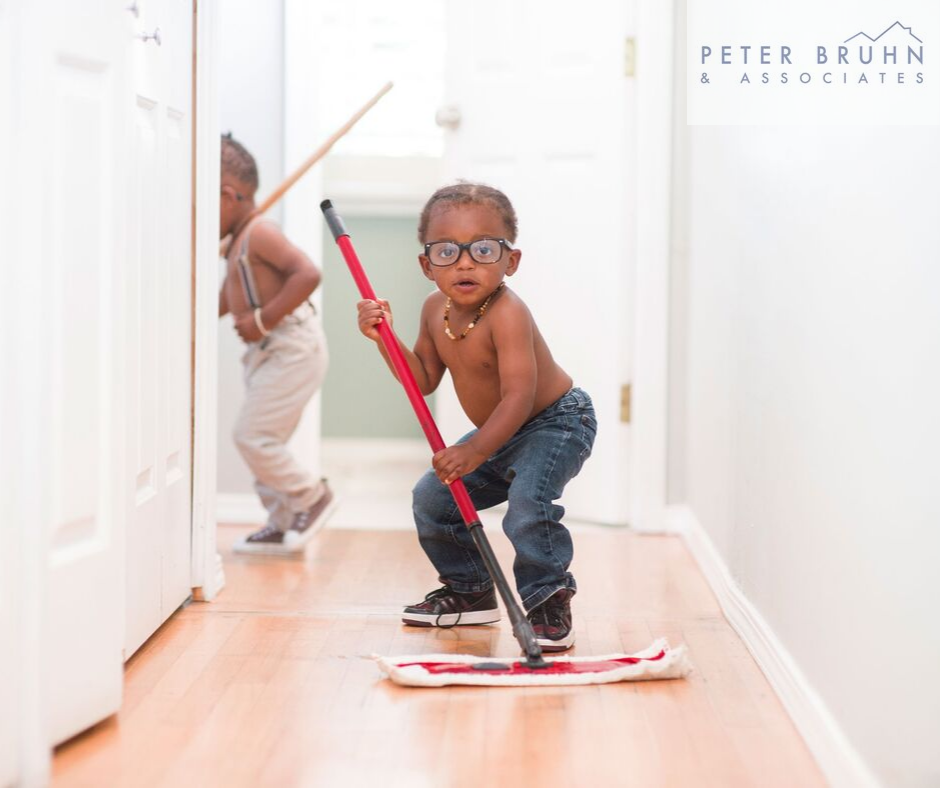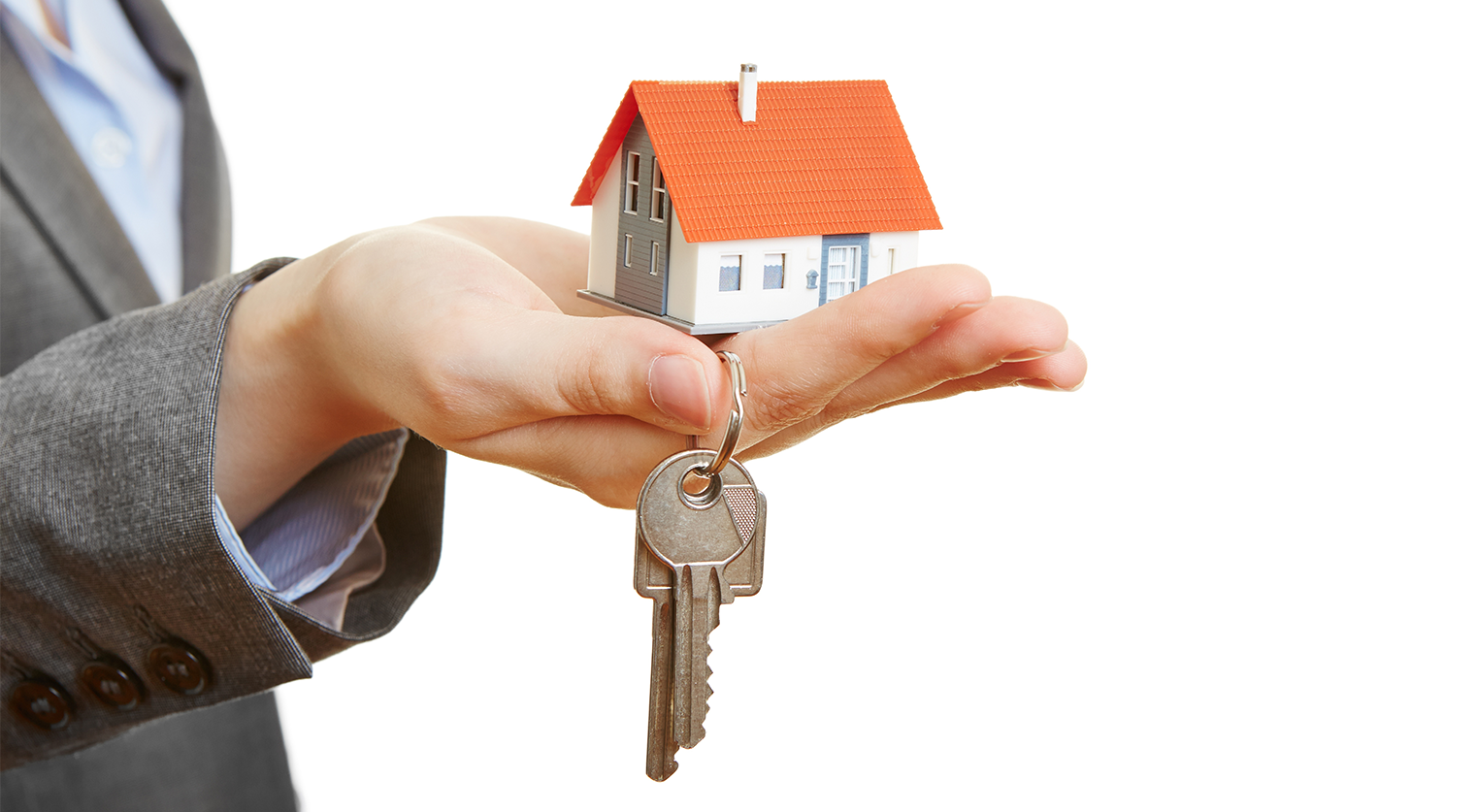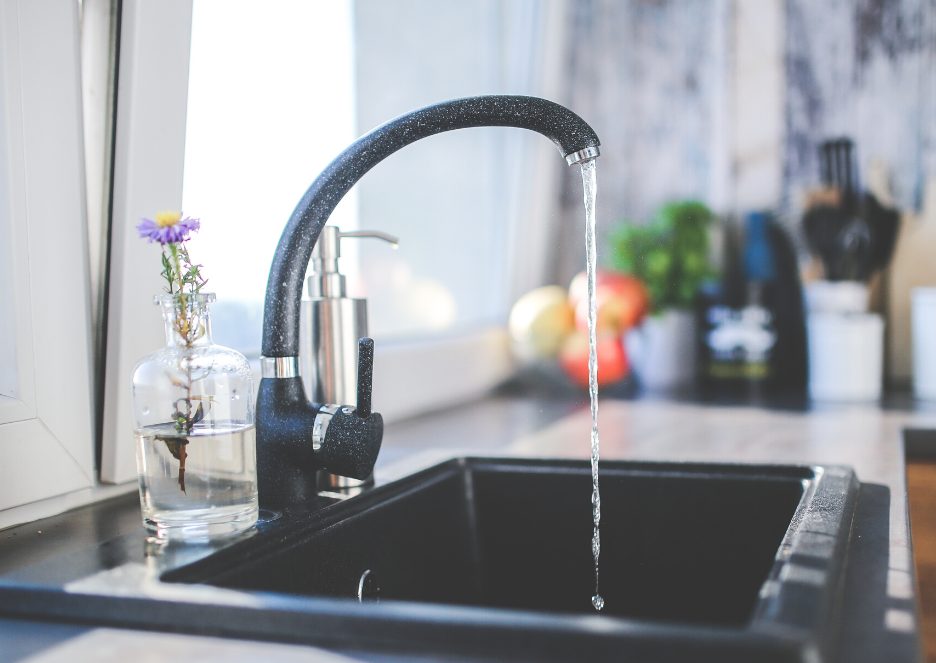How to ace a rent inspection
The life of a tenant can be somewhat precarious, especially when it comes to rent inspections, which can cause a lot of unprecedented stress and leave you feeling insecure in your rental.
But this doesn’t need to be the case. If you actively make an effort to look after your rental property, you shouldn’t have any issues impressing your landlord or property manager.
1. What condition should the property be in at rent inspection?
The inspection is a tenant’s time to really show-case how well they are maintaining their property. As well as being a great catalyst for having a really thorough clean to stay on top of the bigger cleaning jobs, making it more manageable for you when it comes to finalising the tenancy.
The condition of the property should be as close to as it was when the you moved in, allowing for some wear and tear. The gardens and outdoor areas are just as important as the inside and should be neat, tidy and weed free. The whole property itself is checked at inspection and therefore should be clean and tidy.
2. What are the five most important things property managers check at inspection?
Routine inspections are carried out to ensure the property is well cared for and to check if there are any maintenance or health and safety issues. A routine inspection is not a housework inspection; the property manager or landlord inspecting the property appreciate that people are living there.
The top five things property managers look for when complete routine inspections are:
- General tidiness and cleanliness of the property.
- Gardens should be tidy, edged and weeded and rubbish free.
- Evidence of any breach of the lease agreement. For example, any extra people or pets residing at the property without consent.
- Maintenance/damage at the property whether it be the tenant’s or owner’s responsibility to rectify.
- Any deterioration of the property that may become a potential hazard, like cracking to walls or ceilings, leaking taps or showers, trip hazards, loose balcony railings, overgrown trees, state of gutters and down-pipes that the owner may be required to attend to.
3. What are the common things tenants usually forget about?
Most tenants do a fabulous job preparing their homes for routine inspections, however things can be missed. A few areas that seemed to be missed quite often by lots of tenants include:
- Dust build up on light fittings, skirting boards and exhaust fans.
- Cobwebs (particularly to external areas).
- Walls, shower screens and ovens should be cleaned on a regular basis to prevent a much bigger job at the end of the tenancy and these are checked at each inspection.
- Carpet cleaning is required prior to the end of a tenancy. If the carpet is cleaned straight away or regular carpet cleaning is completed throughout the tenancy rather than leaving it until the end of the tenancy, there is a far greater chance of not ending up with a bond deduction for damage at the end of the tenancy. Many lease agreements state that carpets need to be professionally cleaned every 12 months to avoid any reversible damage to carpets at the Tenants cost come the end of the tenancy. Prevention is better than cure.
You will be sent an official letter after each inspection to thank you for your co-operation. If there are any items that need to be attended to these will be noted in the letter. Please contact your property manager if you have any questions or if you are unsure of what the expectations are for routine inspections.
Reference: https://reiwa.com.au/information/renters/how-to-ace-a-rent-inspection/



